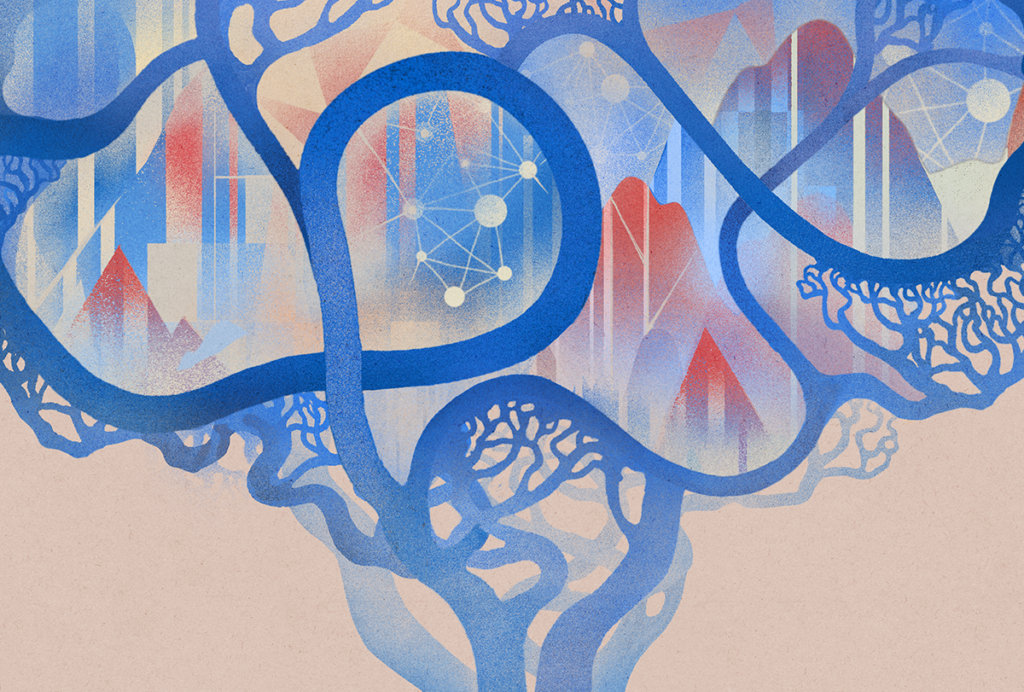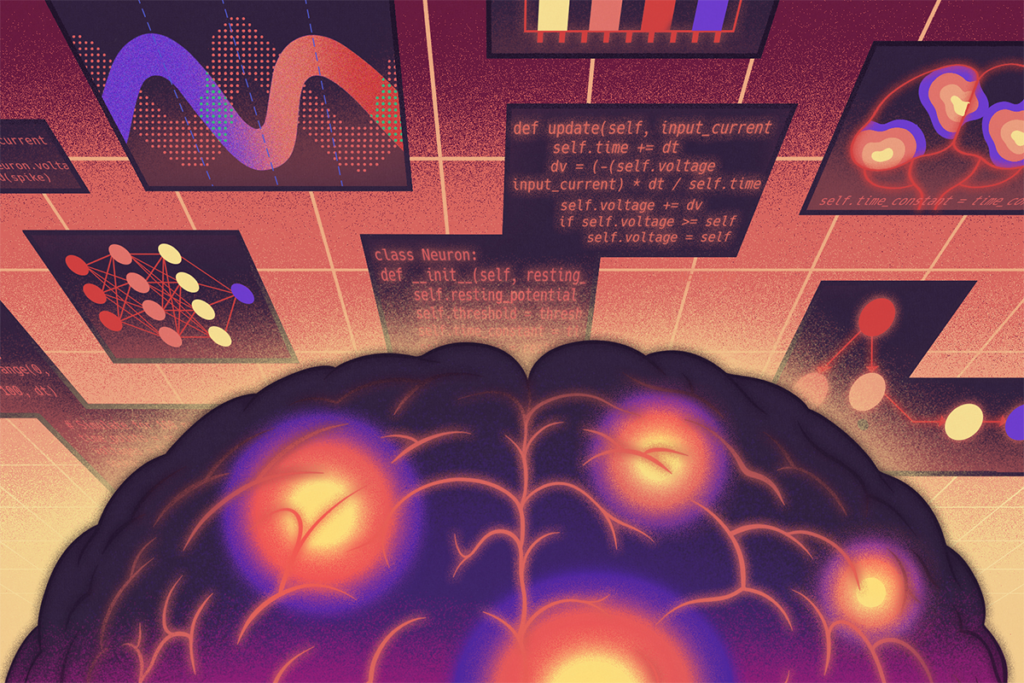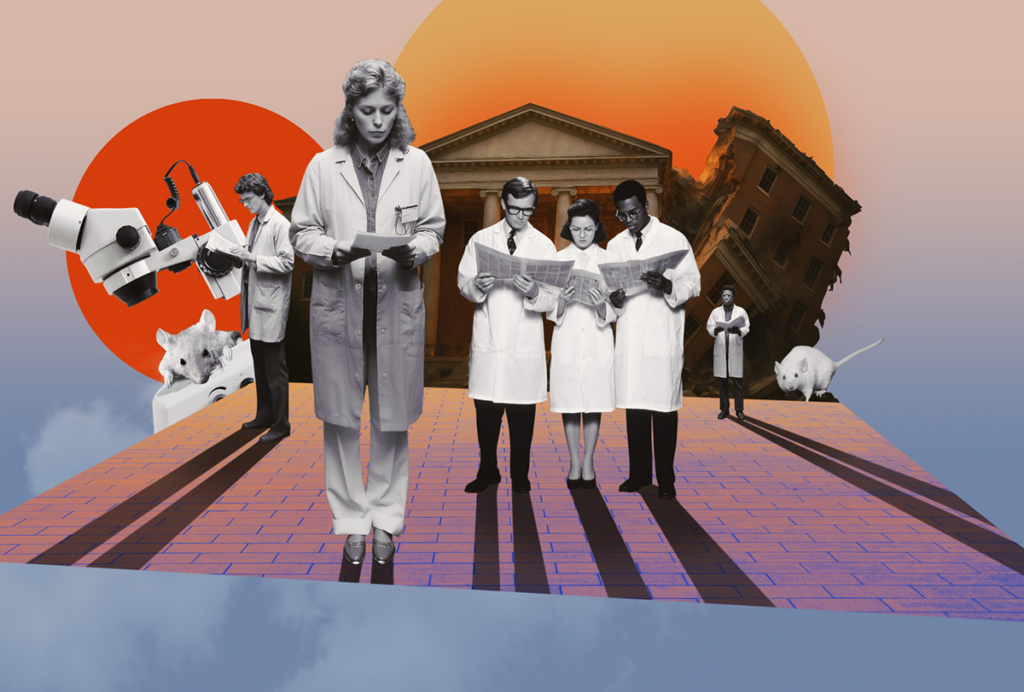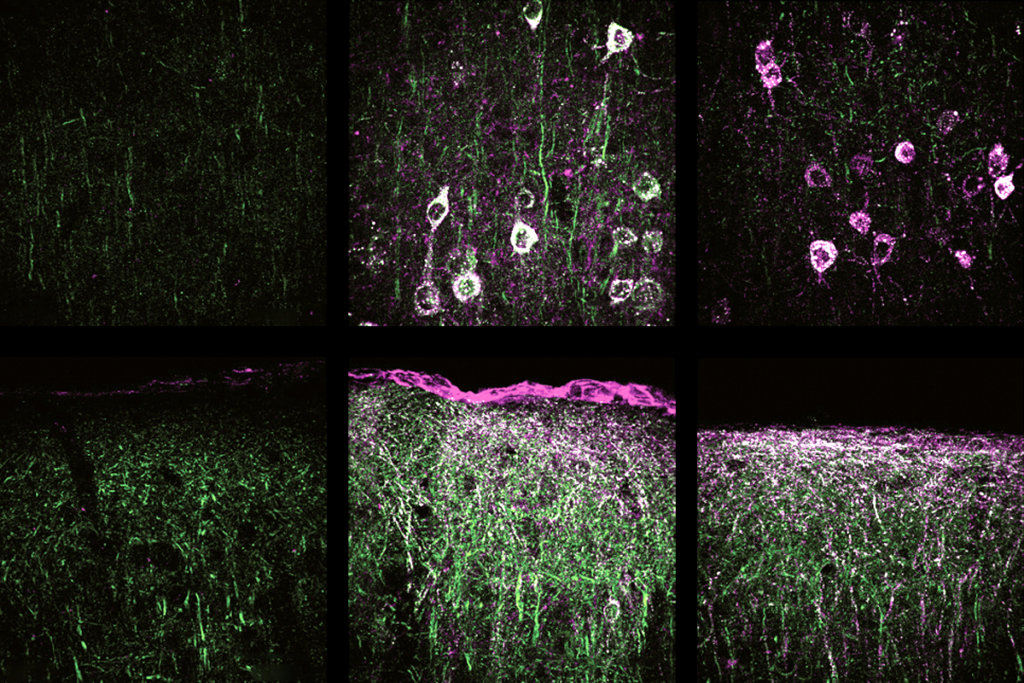A new professor has to learn many things when starting the job: how to recruit and manage people in their lab, how to organize a curriculum and teach a class, how to navigate departmental bureaucracy and apply to grants. One thing usually not on that list: how to do research in an entirely new field. Yet that is the position I find myself in as a new assistant professor of psychology and data science at New York University.
Although my job application was evaluated mainly on the basis of my work as a computational neuroscientist, I, like an increasing number of neuroscientists I know, have decided to put part of my research efforts toward the dire problem of climate change. To do so is unorthodox in academia and historically would not be well received. But tackling the climate crisis requires radical new approaches.
There is good reason to believe that an influx of new faces could speed progress on some old problems, including the thorny challenges of climate change. While researching for a book I wrote on how mathematics and physics have influenced neuroscience, I repeatedly saw how cross-disciplinary interaction can help expand the space of ideas within a field. In addition to bringing new tools and perspectives, outsiders can also shake up entrenched habits that could be holding a field back. Through contact with physics and computer science, for example, biologists have come to embrace preprints and open peer-review practices.
The climate work I am interested in takes the form of machine-learning applications for the field of remote sensing, which involves the use of satellites and other devices to identify and study the electromagnetic signature of locations on Earth or other planets. My neuroscience research centers on the visual system, and the models that I build to study it overlap with methods from machine learning and computer vision.
I have been able to use techniques I picked up while studying the brain to analyze satellite imagery for a variety of climate-related purposes. For example, my main project — done in collaboration with the nonprofit Collaborative Earth — focuses on identifying and studying the impact of beaver dams. These structures can play a positive role in adapting to climate change through their effects on floods, wildfire and soil.
I
am not the only one to take this turn. Other neuroscientists have found their own creative paths into climate work. Cognitive neuroscientist Adam Aron turned away from his work on response control to focus on the psychology of climate-change activism; he now runs the Climate Psychology and Action Lab at the University of California, San Diego, and has published a book on the climate crisis. Jeremy Freeman was a group leader at the Janelia Research Campus and director of computational biology at the Chan Zuckerberg Initiative before leaving to start CarbonPlan, a nonprofit organization that provides scientific analysis of climate policies and proposals. Anne Urai, assistant professor of neuroscience at Leiden University in the Netherlands, who studies sensory decision-making, is teaching neuroscientists what they can do in their labs and at their universities to tackle all aspects of the climate crisis; in addition to publishing on the topic, she has organized a Slack group for brain scientists interested in climate action.Several neuroscientists (myself included) who helped build the online computational neuroscience summer school Neuromatch Academy are now also helping to develop Climatematch Academy, a school that follows the same format as Neuromatch but teaches concepts, coding and research topics related to computational climate science.
What has driven us, as scientists who have thus far dedicated our careers to the study of the brain, to pivot into climate work? For me, I can say that fear and anxiety were certainly motivators. The data are hard to ignore as a scientist, and the data on the climate crisis paint a grim but clear picture of our collective future, even with efforts to curb the effects underway. The societal and material change still needed to counter climate change is enormous, and society changes only if the people in it do.






